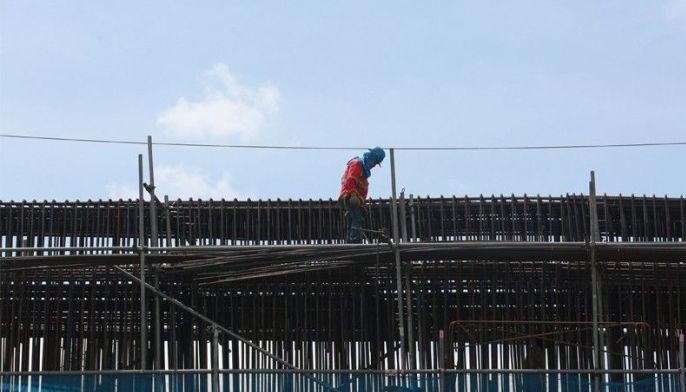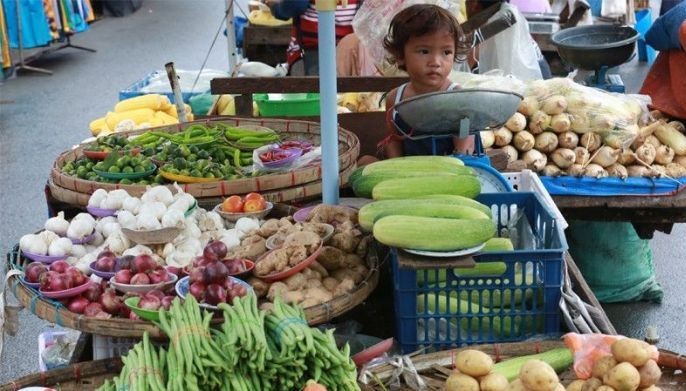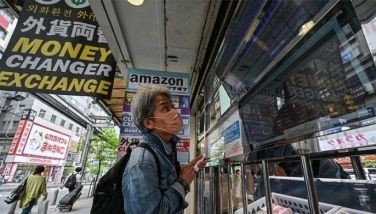‘Build, Build, Build’ seen cushioning growth slowdown
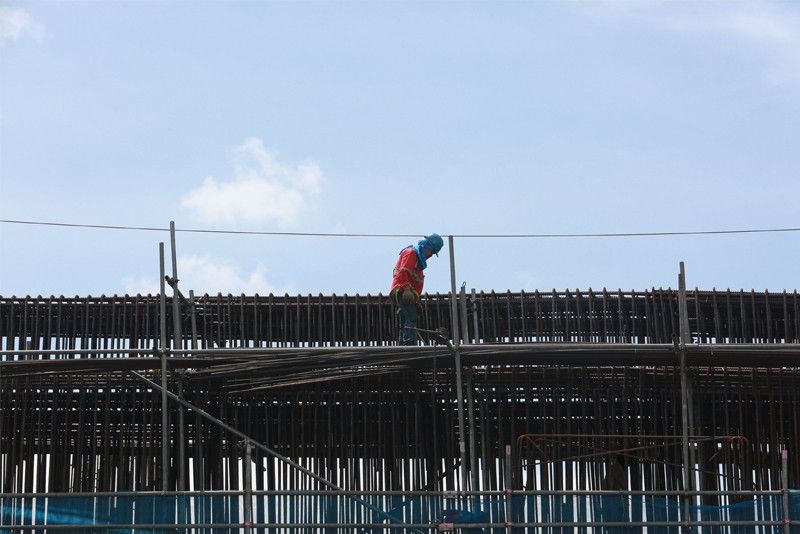
MANILA, Philippines — A “loose” fiscal policy and an aggressive infrastructure push are expected to prop up the Philippine economy, amid expectations the region’s economies are likely to cool further over the next year or so on the back of weakening export demand and rising interest rates.
In a report, London-based Capital Economics said growth in Asia looks set to slow further, as tighter monetary policy could weigh on investment and consumer spending.
With many economies in the region heavily integrated into the Chinese supply chain, further escalations in the US-China trade conflict would cause negative spill-overs for the rest of Asia, it added.
But Capital Economics said while overall growth in the region is set to slow at a gradual pace, some countries like the Philippines “will fare better than others.”
“Growth should hold up best in Korea and the Philippines, helped by loose fiscal policy,” Capital Economics said.
"There are some factors that will help cushion the growth slowdown. Fiscal policy should remain supportive throughout most of the region—the Philippines, Thailand and Taiwan all have ambitious infrastructure projects in the pipeline while Singapore and Korea both have expansionary budgets," it added.
'Build, Build, Build'
Widely known as the “Build, Build, Build” program, the government plans to ramp up infrastructure spending to 7.3 percent of the country’s gross domestic product by the end of Duterte’s six-year term, and supercharge economic growth to 7-8 percent from this year up to 2022.
But in the second quarter of 2018, the Philippine economy grew at its slowest pace in three years and failed to meet both government and market expectations.
Socioeconomic Planning Secretary Ernesto Pernia said rising inflation and the Duterte administration’s “prudent and judicious” policy decisions contributed to the economy’s sluggish growth.
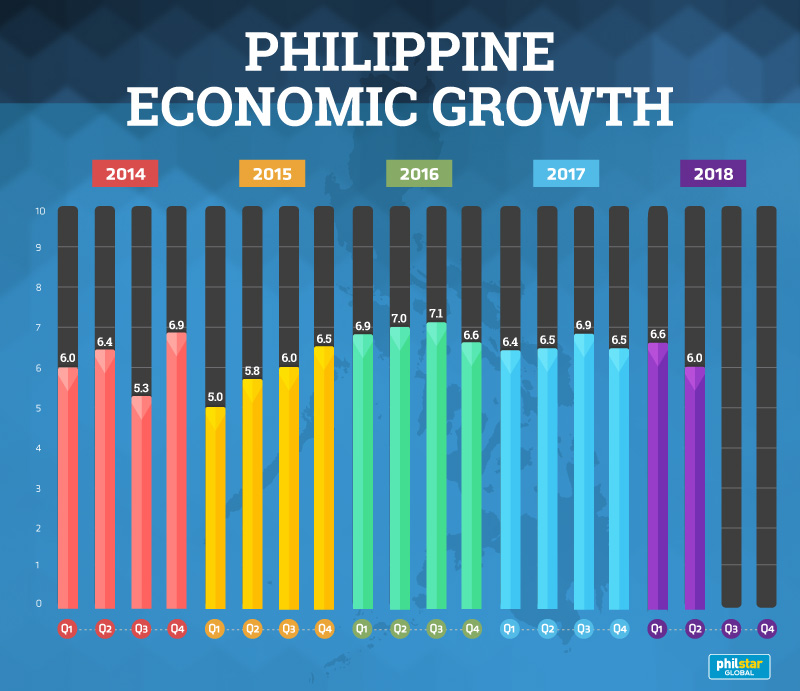
Pernia added that the economy would have to expand by at least 7.7 percent in the second half to achieve the low end of the government’s goal for the year.
Anti-growth?
Meanwhile, the Bangko Sentral ng Pilipinas has raised its policy rates by a cumulative 100 basis points from May to August to temper inflation.
In a previous report, Capital Economics said economic growth will continue to decelerate over the second semester of the year as rising interest rates and elevated inflation drag down household consumption, which accounts for about seven-tenths of the Philippine economy.
High interest rates discourage people from borrowing money and from spending, causing a decline in demand which, in turn, tempers inflation and can even slow down the country’s economic growth.
But BSP Governor Nestor Espenilla earlier said increasing borrowing rates is not anti-growth. “In fact, one can argue it will sustain growth over the medium term,” he said.
- Latest
- Trending






